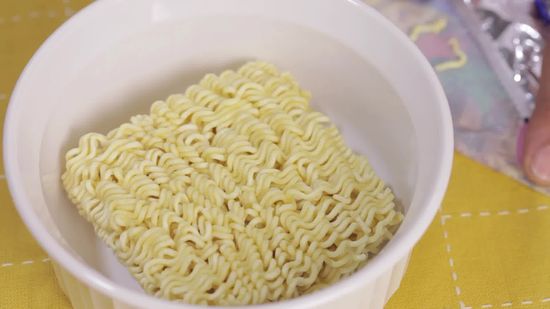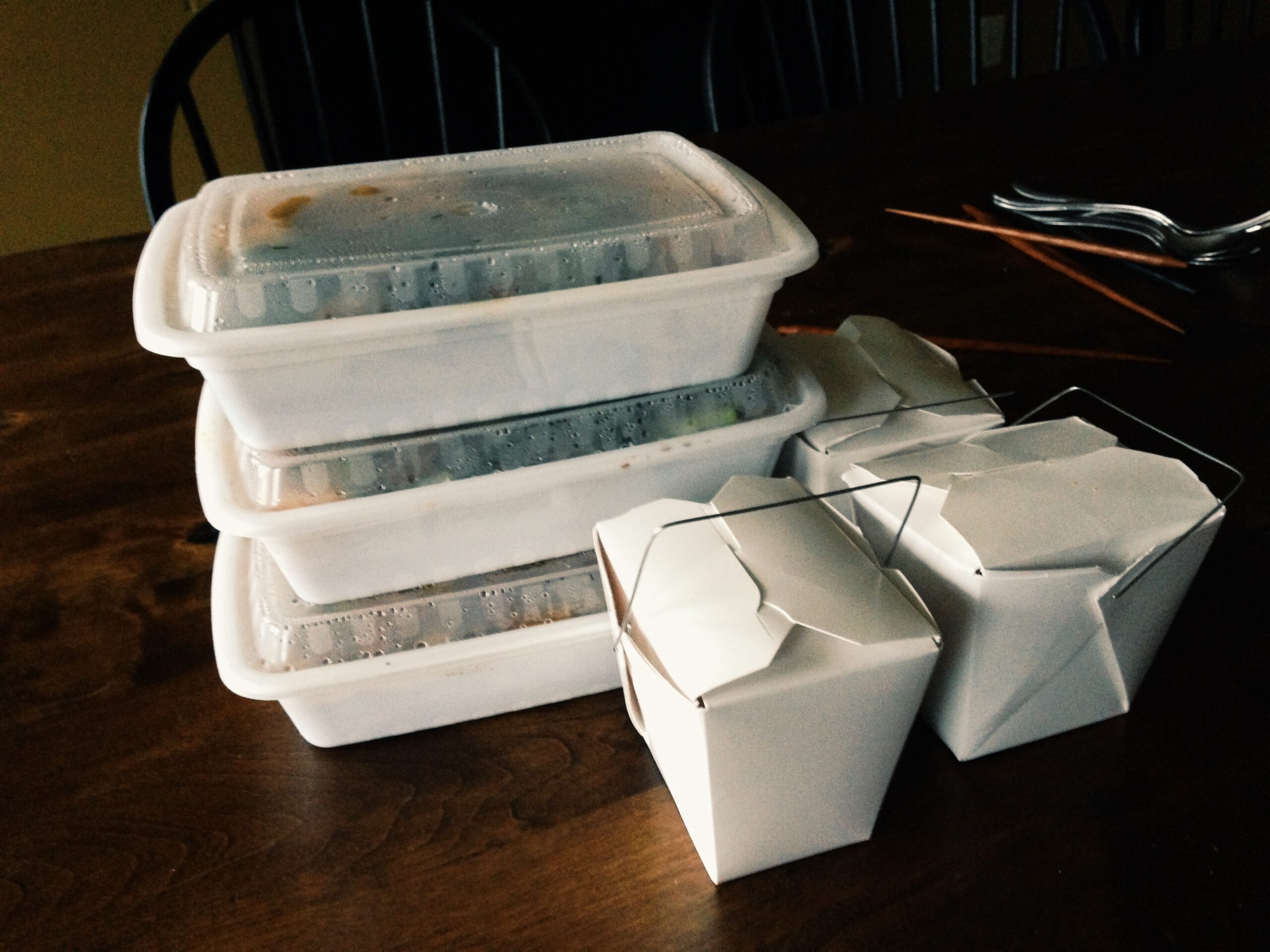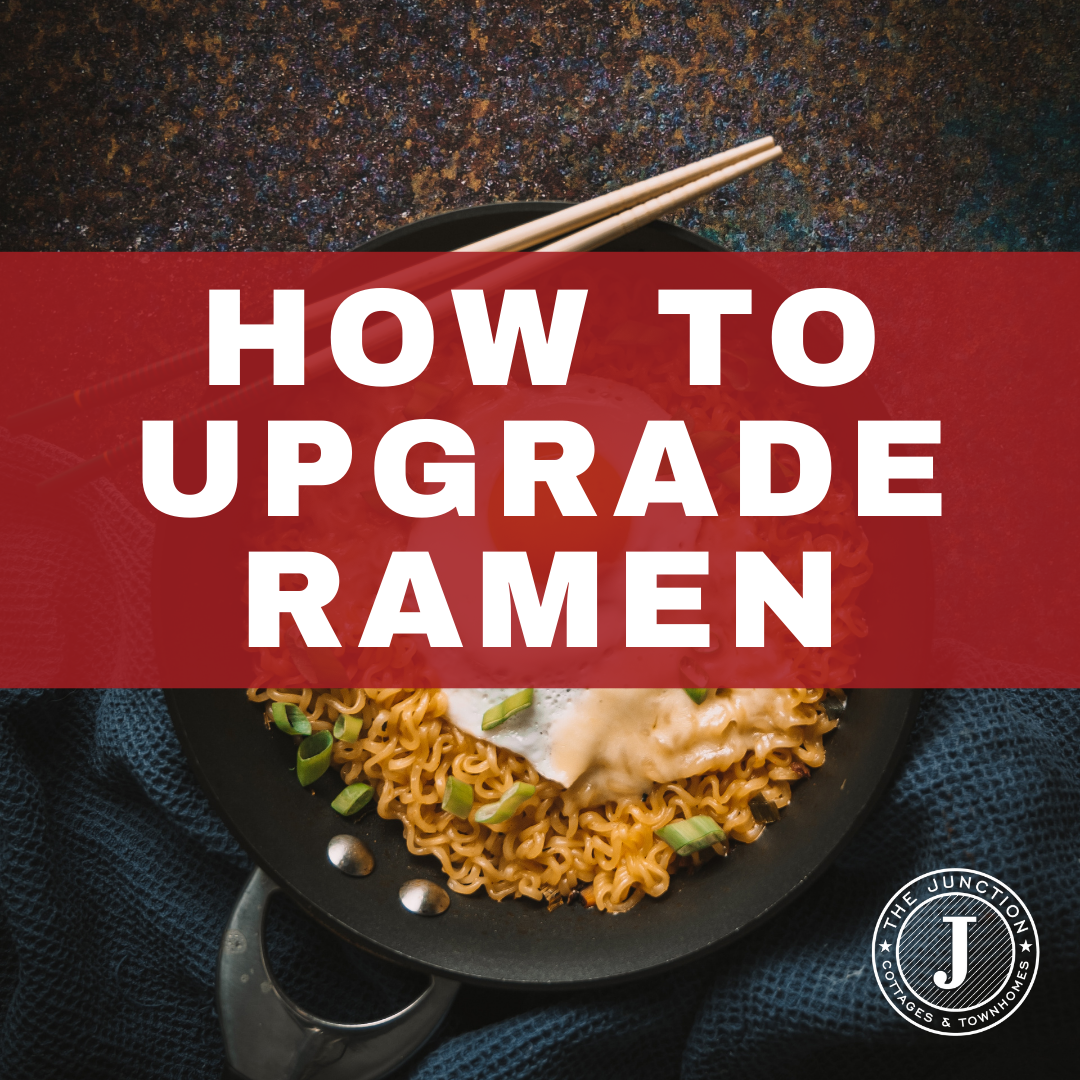How to Cook Ramen in Microwave: Quick, Easy, Delicious
– The recommended method is to pour 2 cups of water into a microwaveable bowl, place the ramen packet into the water, cover the bowl, and microwave the noodles for 2 minutes.
– After 2 minutes, stir the noodles and cook for an additional 30 seconds to 1 minute according to desired doneness.
– If using only noodles and not making soup, drain most of the liquid and add desired seasonings.
– The article suggests various ways to flavor the ramen, including adding olive oil, butter, garlic powder, salt, pepper, Italian seasoning, soy sauce, sesame oil, ginger, onion powder, rice vinegar, chopped green onion, sesame seeds, hot sauce, hoisin sauce, Sriracha, spam, bean sprouts, or a soft-boiled egg.
– Leftover ramen can be stored in the refrigerator in an airtight container for 3 to 4 days.
– Ramen can be reheated in the microwave, or enjoyed cold.
– The article includes a recipe with a total preparation time of 4 minutes and provides nutritional information.
– Cooking ramen in the microwave is said to be quick and convenient.
– Ramen is a budget-friendly option that can be easily customized with protein and veggies.
– The article advises against using the seasoning packets that come with the ramen due to additives and high sodium content.
– The required ingredients for microwave ramen are instant ramen noodles and water.
– Chicken broth, beef broth, or vegetable broth can be used as an alternative to water.
– A microwaveable bowl is needed to cook the ramen.
– The recommended cooking time for the ramen in the microwave is 2 minutes on high power, with an additional 30 seconds or more if desired.
– The article suggests draining most of the cooking liquid if only using the noodles.




